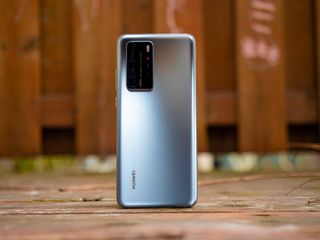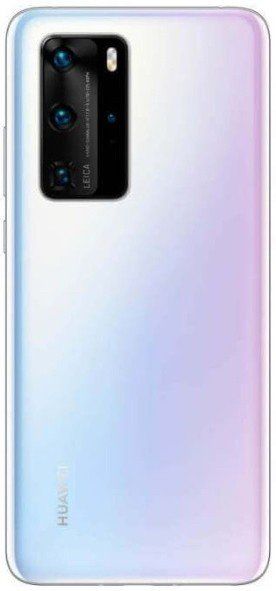Huawei's HiSilicon reportedly overtakes Qualcomm to become the leading chip vendor in China

What you need to know
- According to data from CINNO Research, Huawei's HiSilicon semiconductor unit netted shipments of 22.21 million in Q1 2020, overtaking Qualcomm.
- Qualcomm's market share in China declined from 48.1% last year to 32.8%.
- With the rest of the industry seeing a decline in sales, Huawei has somehow managed to increase shipments in Q1 2020.
Huawei was put on the U.S. Entity List over a year ago, and while that has affected the brand's ability to do business in Western markets, the Chinese manufacturer is seeing decent momentum on the home front. Huawei managed to sell 238.5 million phones in 2019 — second only to Samsung — and posting a year-on-year growth of 16%.
There's more good news for Huawei in its home market, as a new report out of CNBC suggests Huawei's semiconductor unit HiSilicon has reportedly surpassed Qualcomm as the leading chip vendor in China. Citing estimates by CINNO Research, CNBC notes that HiSilicon netted 22.21 million shipments in Q1 2020, with the company managing to increase its market share to 43.9%, a noticeable uptick from 23.4% during the same period a year ago.
Notably, CINNO Research didn't reveal figures for Qualcomm in Q1 2020, only mentioning that the U.S.-based vendor now has a market share of 32.8% in the country, down from 48.1% a year ago. Based on the percentages, Qualcomm likely saw over 16.5 million shipments in China in Q1 2020.
HiSilicon is a semiconductor unit that's wholly owned by Huawei. It licenses CPU and GPU designs from ARM, and the Kirin 990 5G in the P40 Pro series is one of the fastest mobile chipsets available today. As it doesn't have a fab of its own, Huawei relies on TSMC for the manufacture of its chipsets, much like Qualcomm.
Huawei uses HiSilicon's Kirin chipsets in all of its phones, and the company's resurgence in China has allowed the semiconductor unit to pull ahead of Qualcomm. By contrast, companies that feature Qualcomm's Snapdragon chipsets witnessed a decline in sales last year, with both Xiaomi and OPPO posting a year-on-year decrease in overall shipments.
With the market set to contract further in 2020, it doesn't look like Qualcomm will be able to make up the ground to HiSilicon in China anytime soon.

Huawei P40 Pro
Be an expert in 5 minutes
Get the latest news from Android Central, your trusted companion in the world of Android
Huawei continues to excel at the hardware and camera side of things, but the lack of the Play Store makes the P40 Pro hard to recommend outside China.

Harish Jonnalagadda is a Senior Editor overseeing Asia at Android Central. He leads the site's coverage of Chinese phone brands, contributing to reviews, features, and buying guides. He also writes about storage servers, audio products, and the semiconductor industry. Contact him on Twitter at @chunkynerd.
